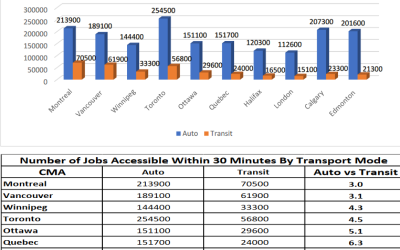In 1991, federal public servants* enjoyed a “pay premium” of 34% compared to the average weekly wage earned by individuals working in other occupations. In other words, the average federal public servant was paid 34% more than the average worker in the economy.
Since that time, wages have grown across the economy but federal public servants have seen their wages rise at a much more rapid pace than everyone else. In 2008, the average participant in the Canadian workforce earned $810 per week, an increase of 47% from 1991 levels. By 2008, the average federal public servant’s weekly wage had swelled to $1,286, a whopping 71% increase from 1991 levels.
As a result of rapid pay escalation for federal public servants, their “pay premium” jumped to 59% in 2008 from 34% in 1991.
This rapid rate of wage growth for federal public servants is unsustainable. Canada’s federal public service is large, employing almost 300, 000 people. As a result, rapidly growing salaries among public servants places a huge strain on the country’s finances. In fact, if the rate of wage growth in the public sector had been held to the level of wage growth in the rest of the economy since 1991, the cost of public administration in Canada would have been reduced by a staggering $2.5 billion in 2008 alone. In order to protect the country’s fiscal health and to ensure fairness for private sector workers, public sector wage growth must be brought into line with private sector wage growth as quickly as possible.
———–
* Throughout this Charticle, the term “public servant” refers specifically to public administration workers. These workers are defined by Statistics Canada as those: “primarily engaged in activities of a governmental nature, that is, the enactment and judicial interpretation of laws and their pursuant regulations, and the administration of programs based on them.”
Read in PDF format here.



